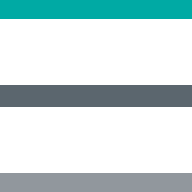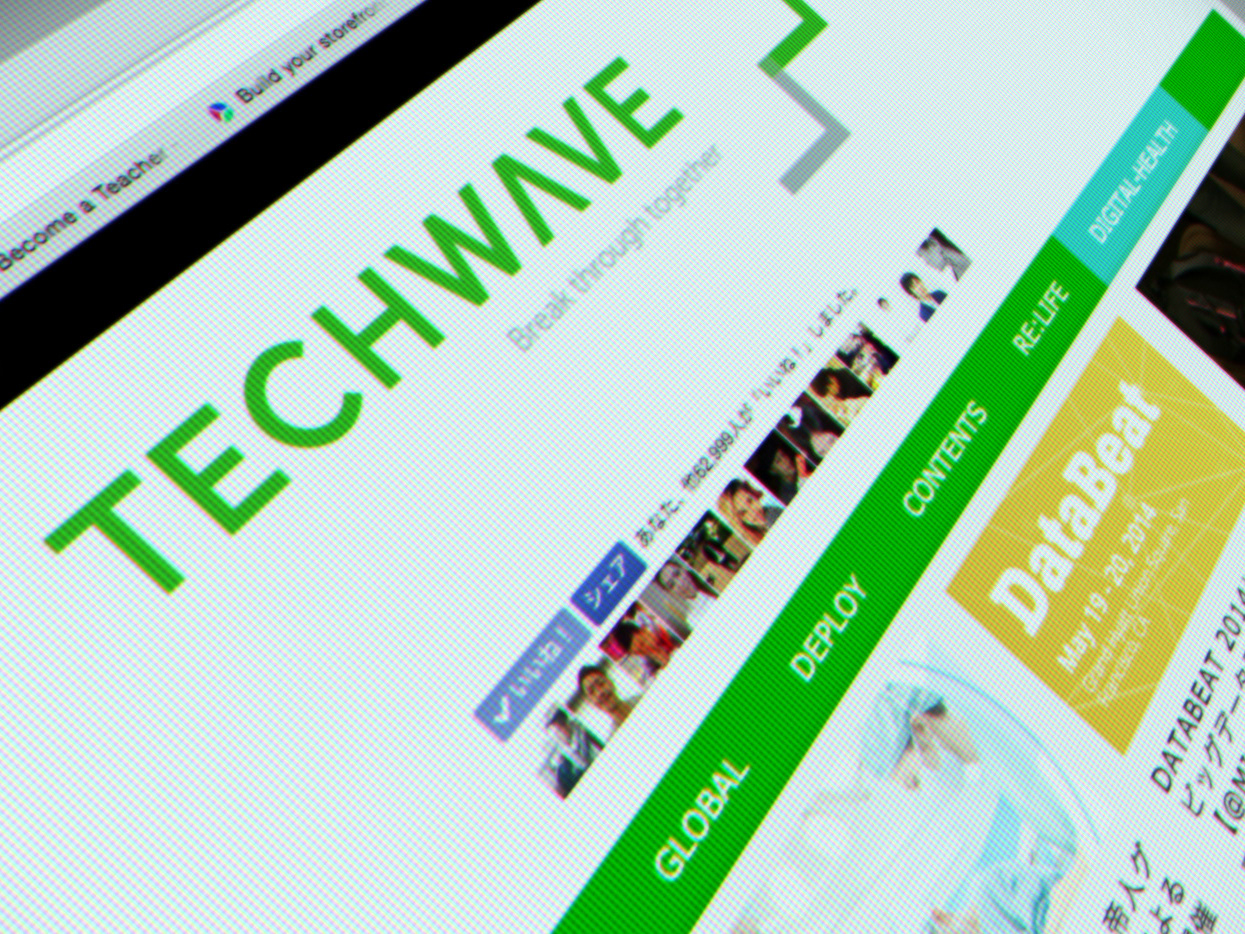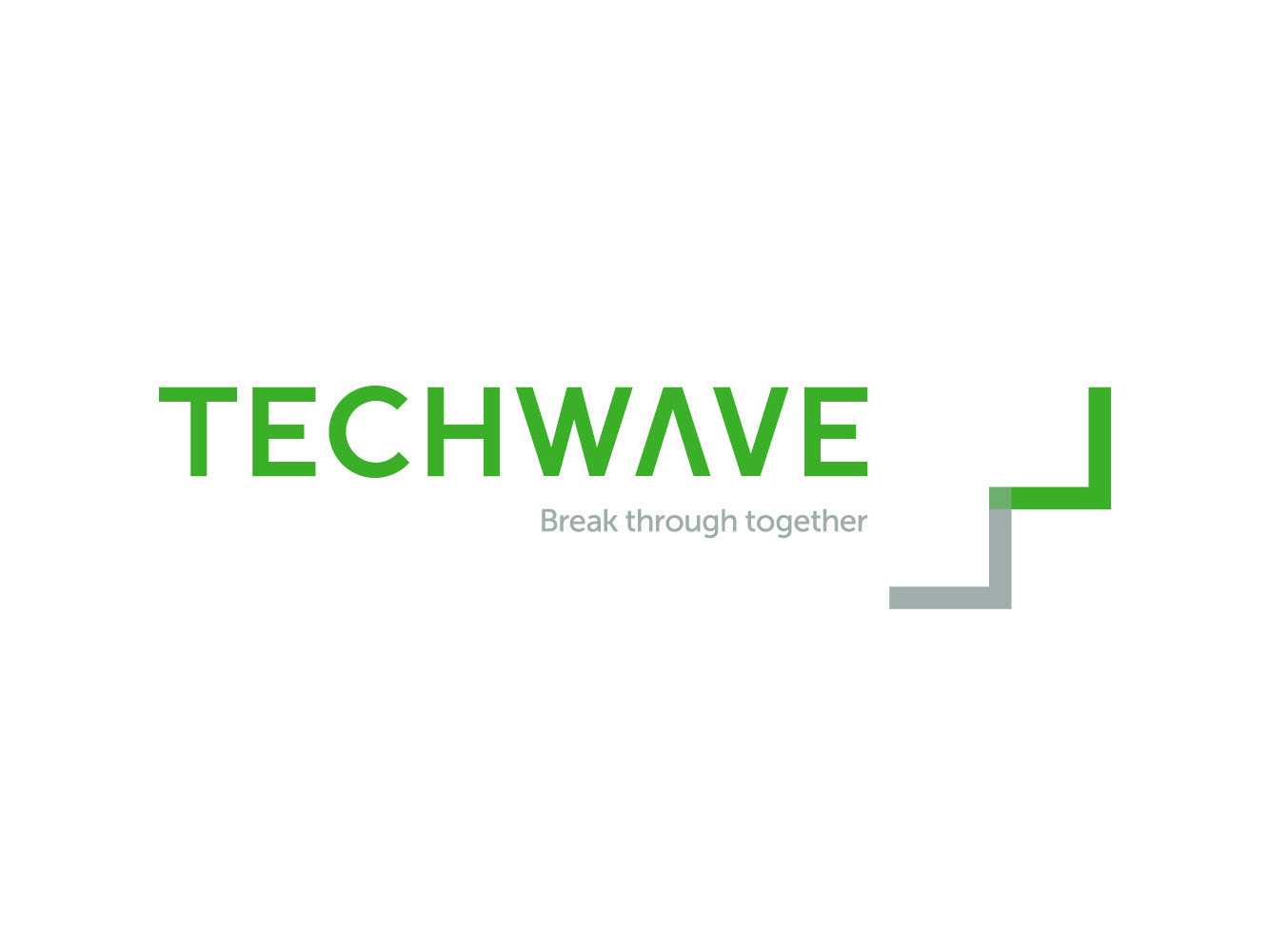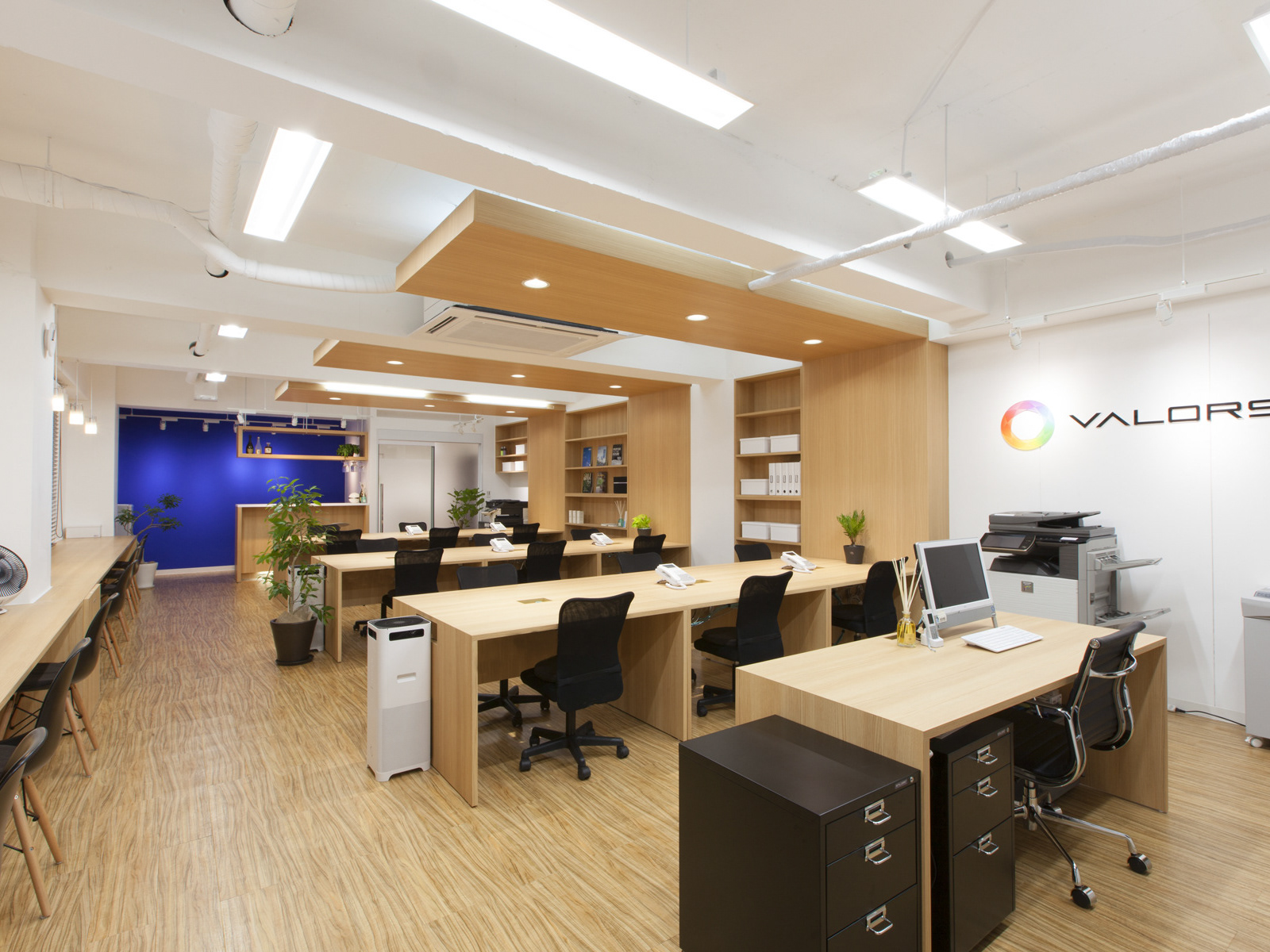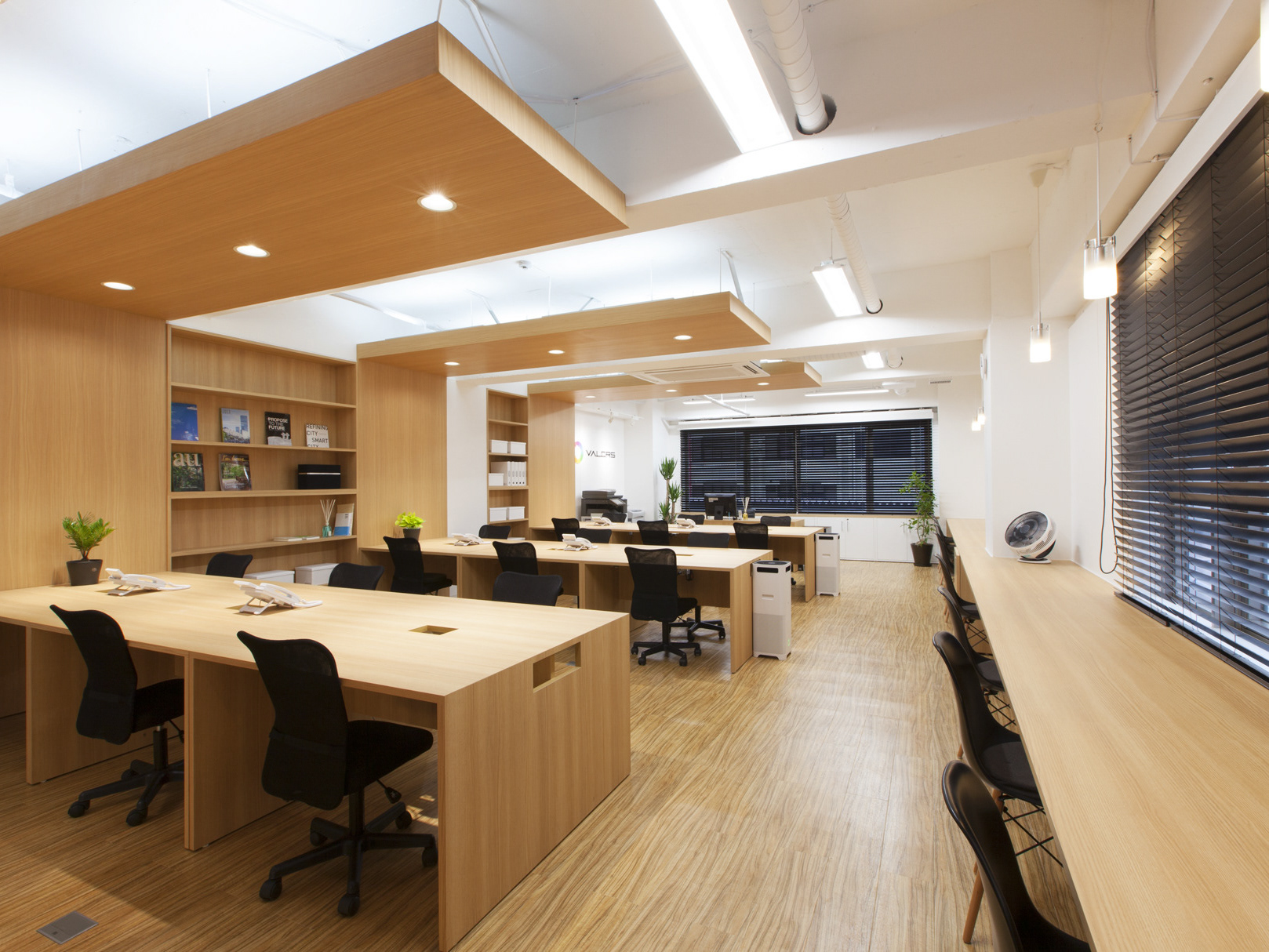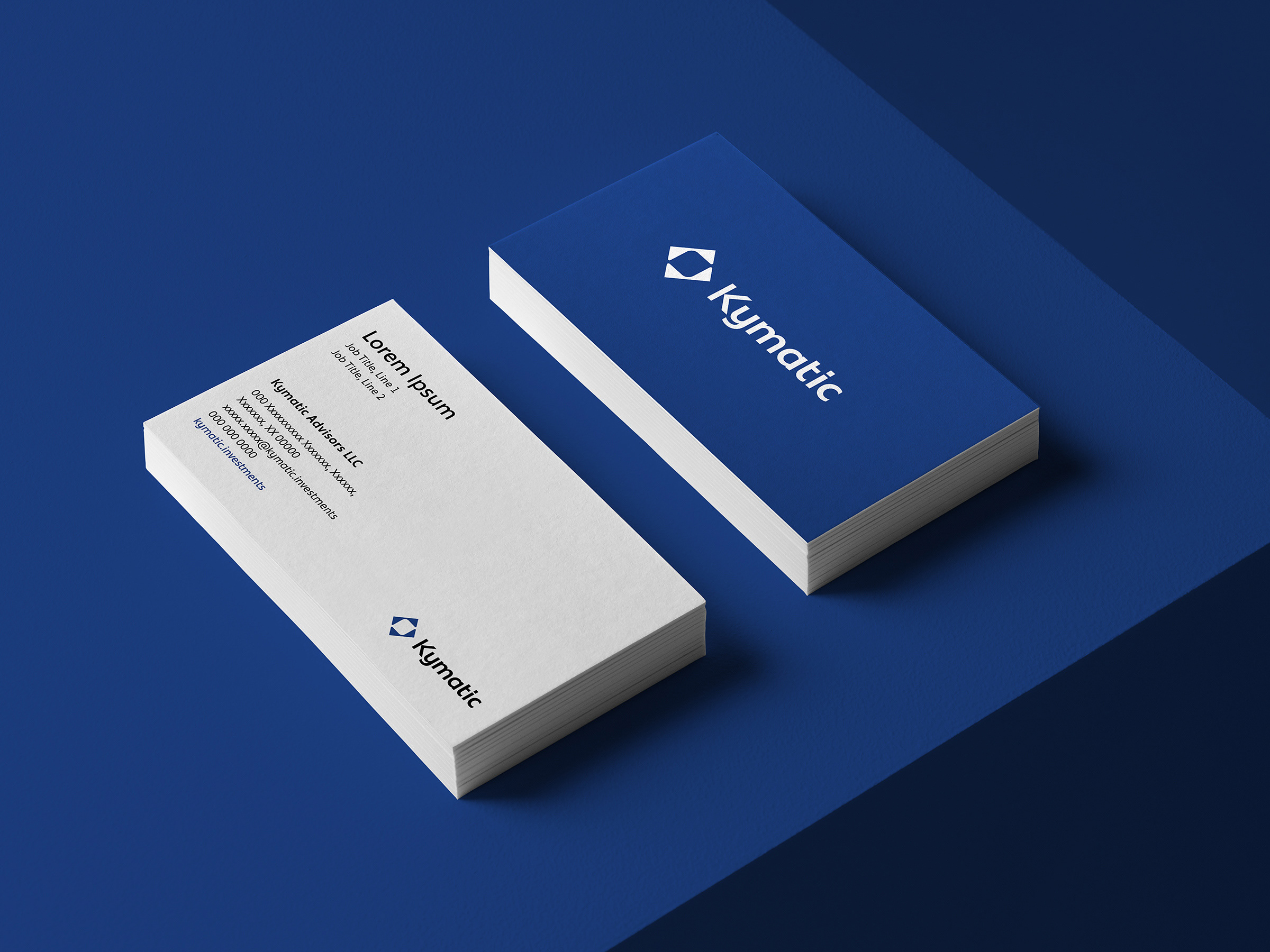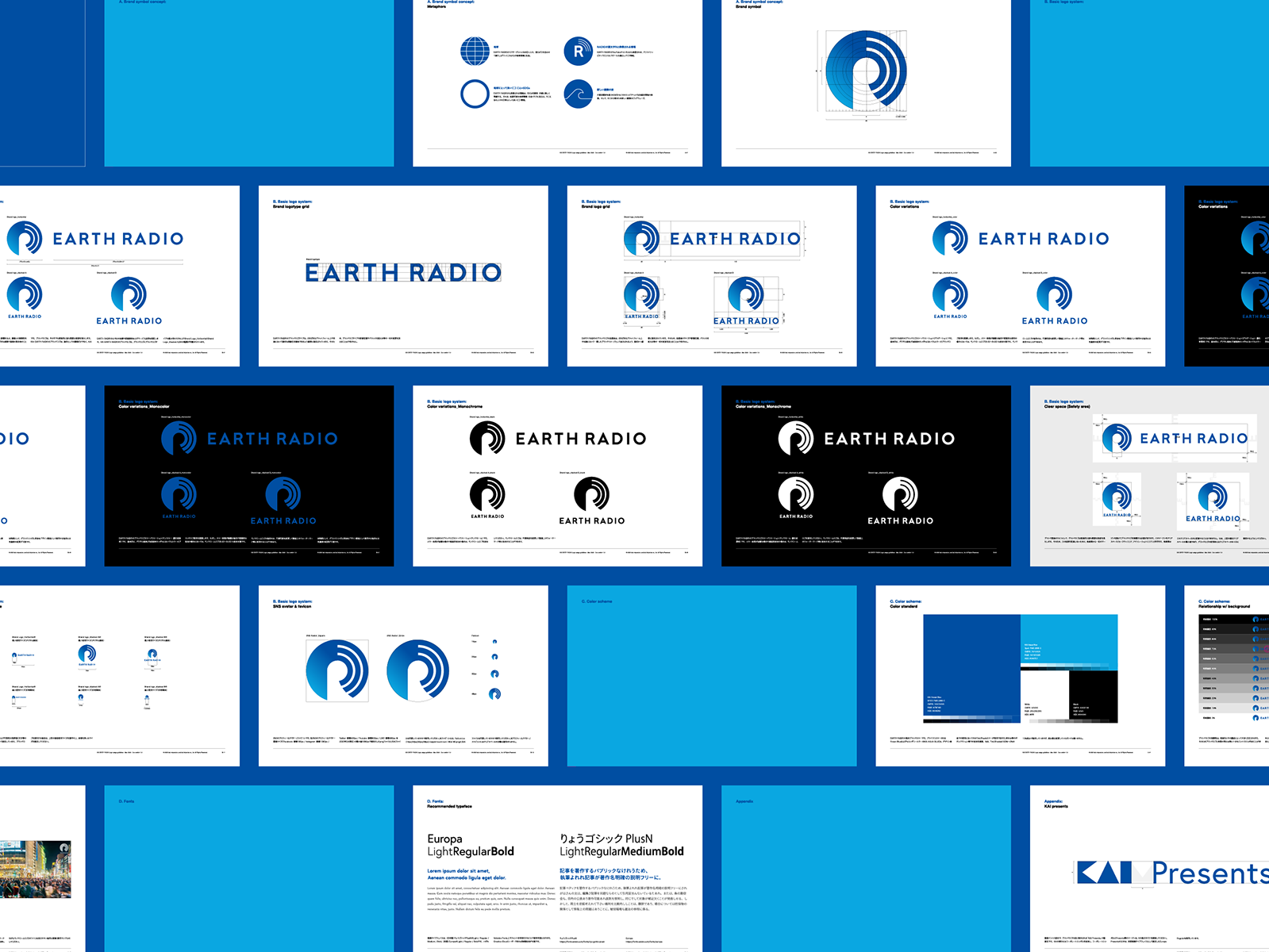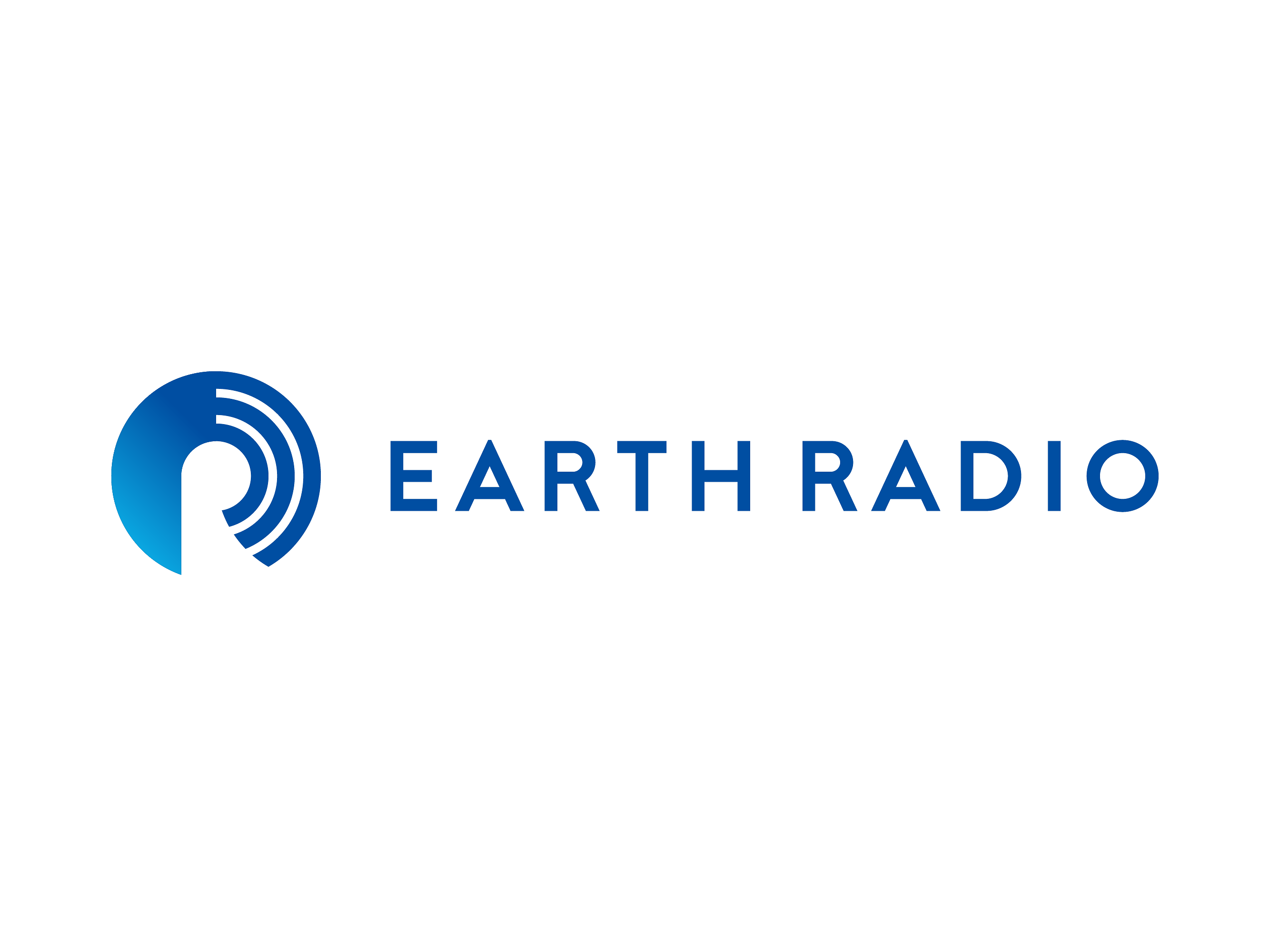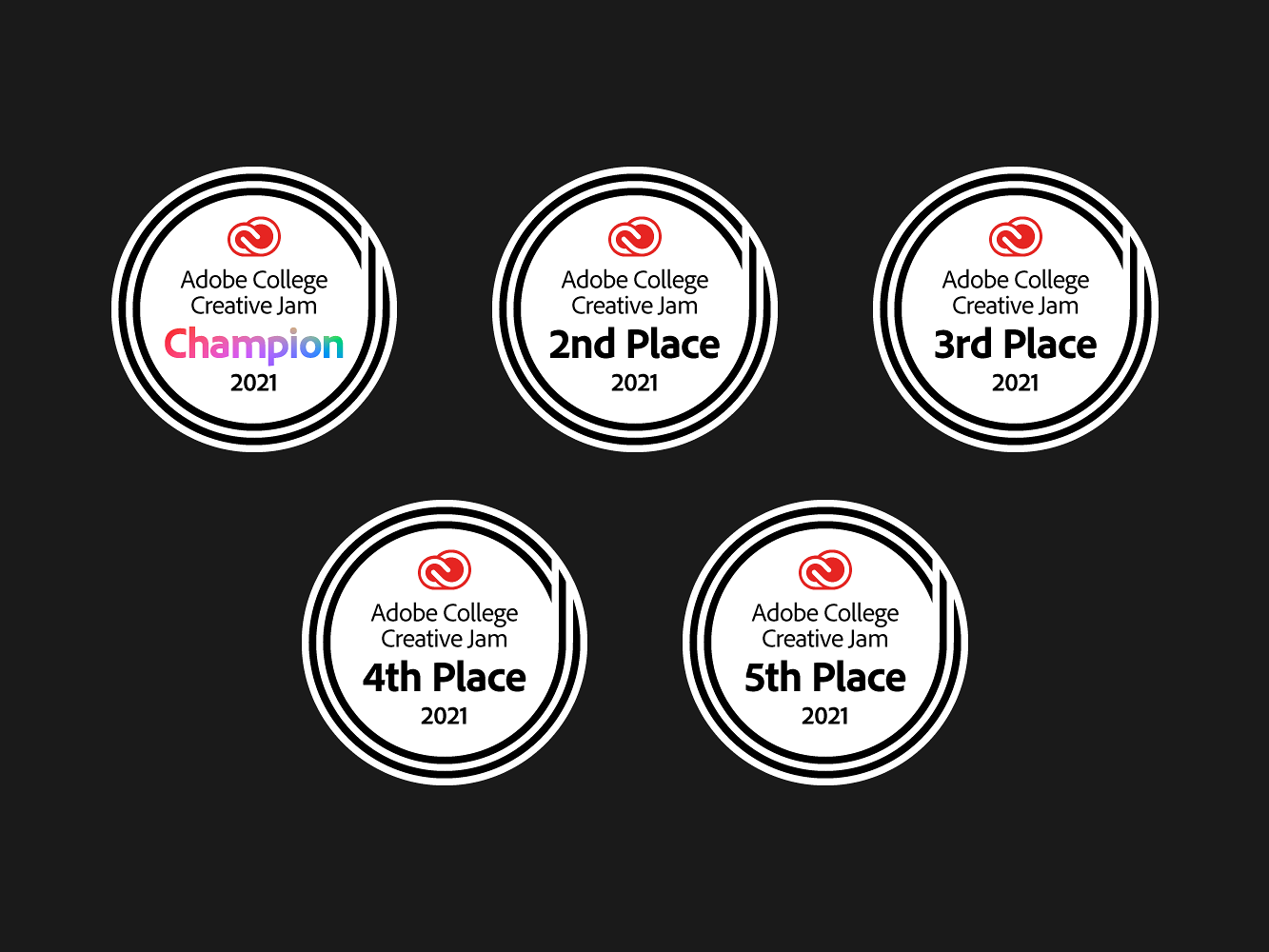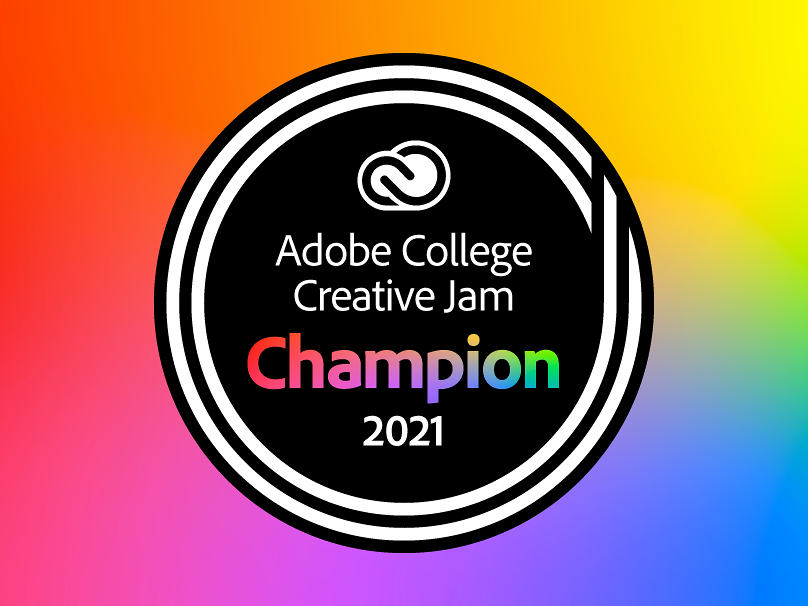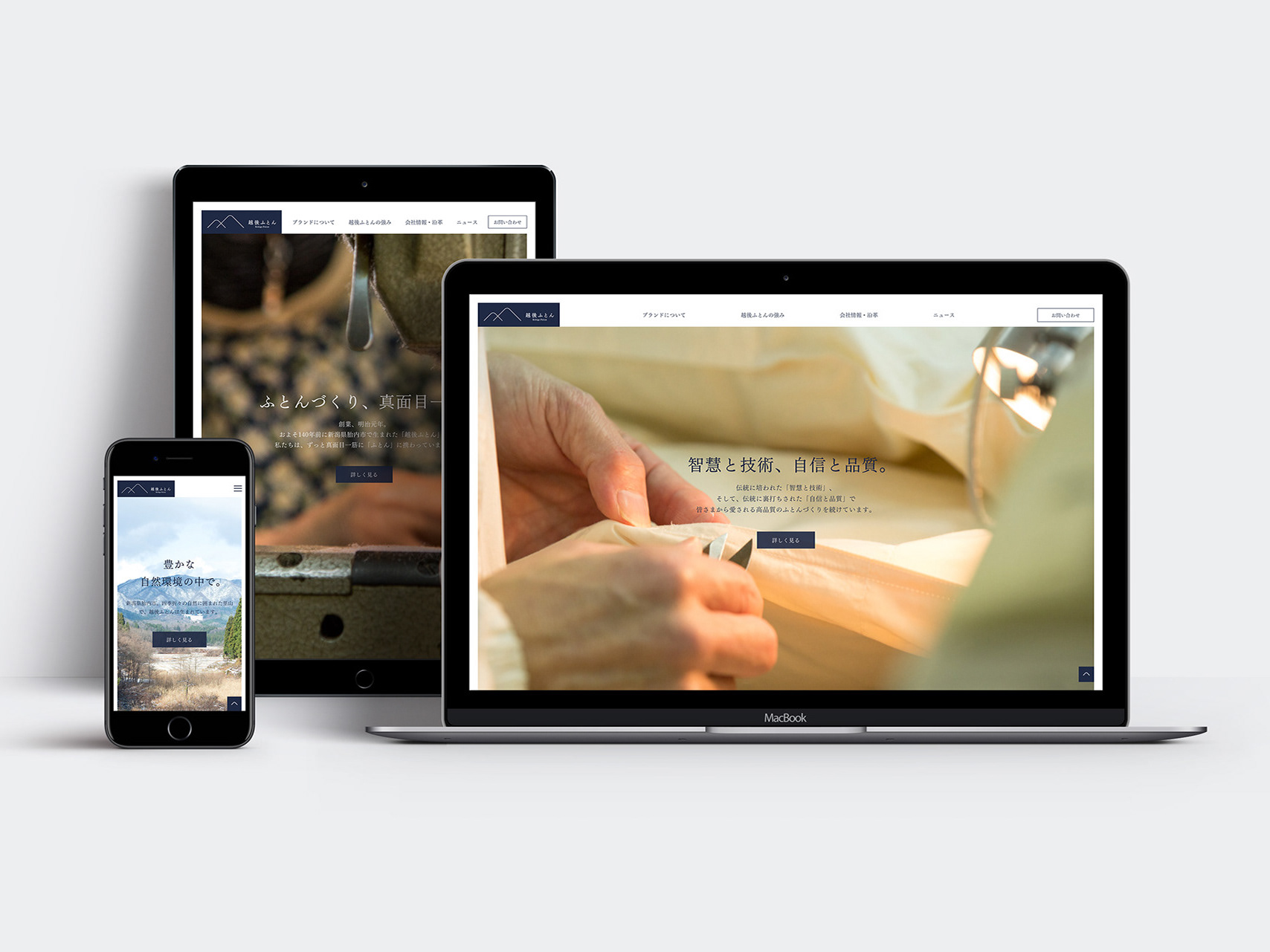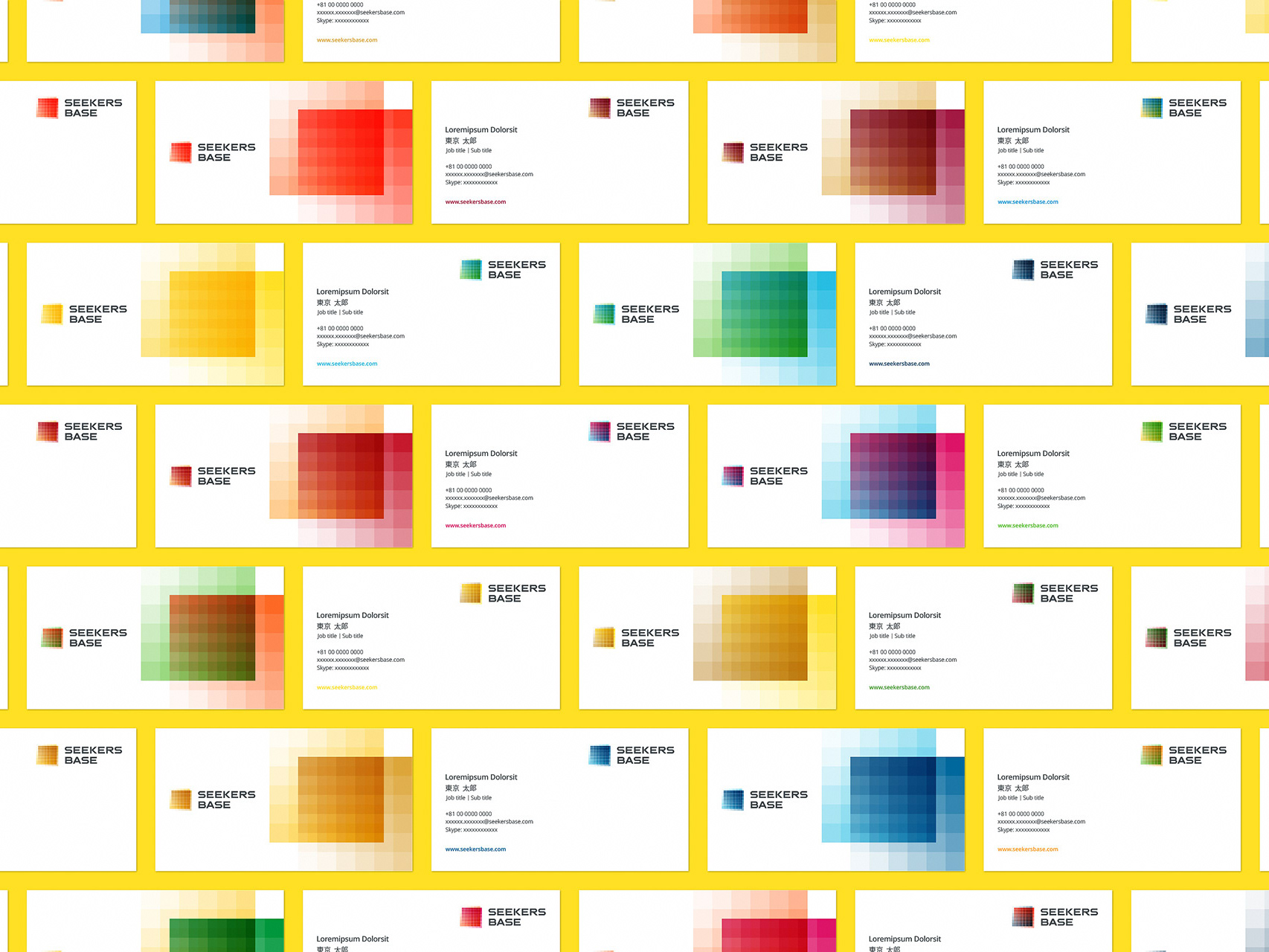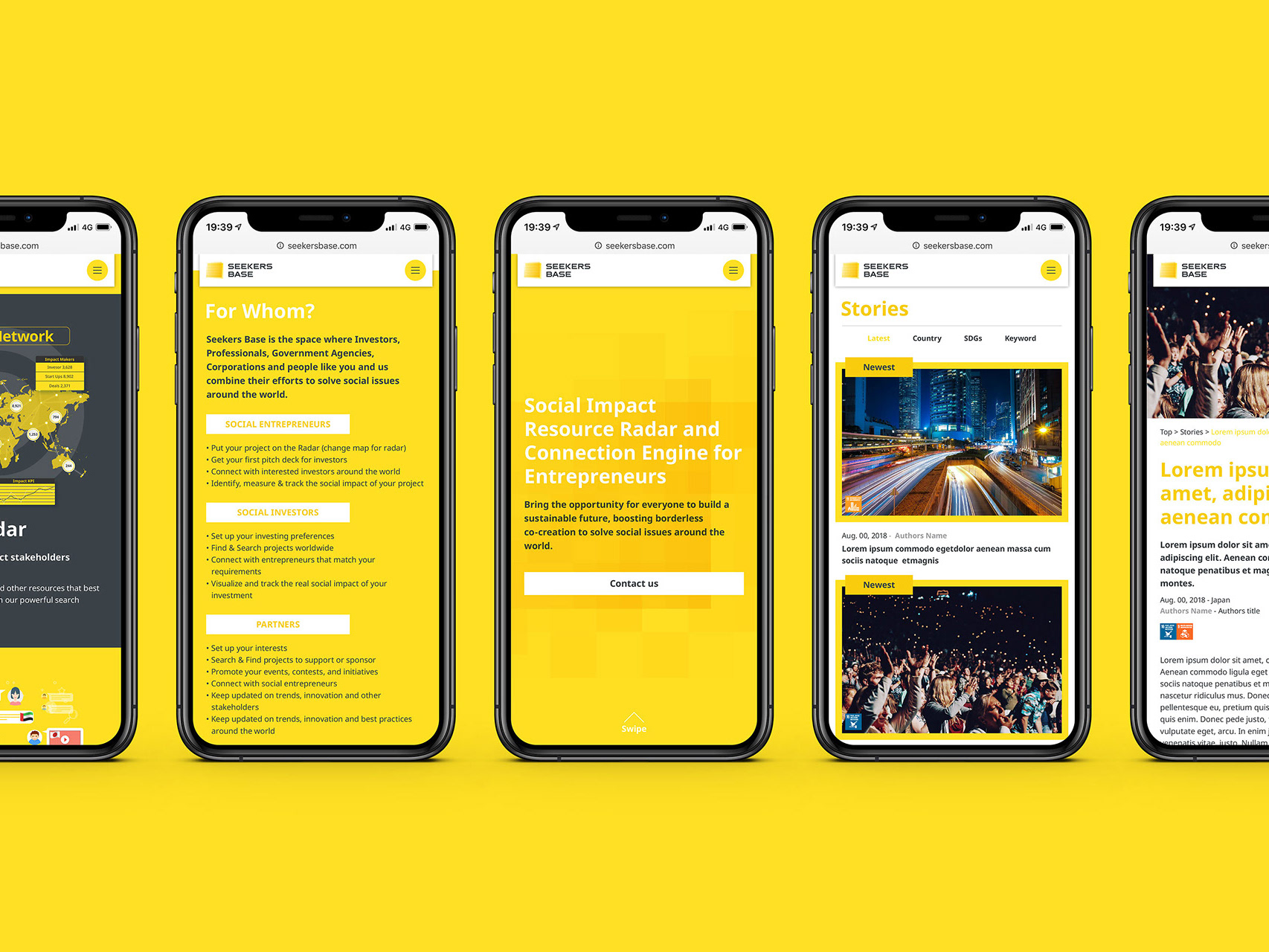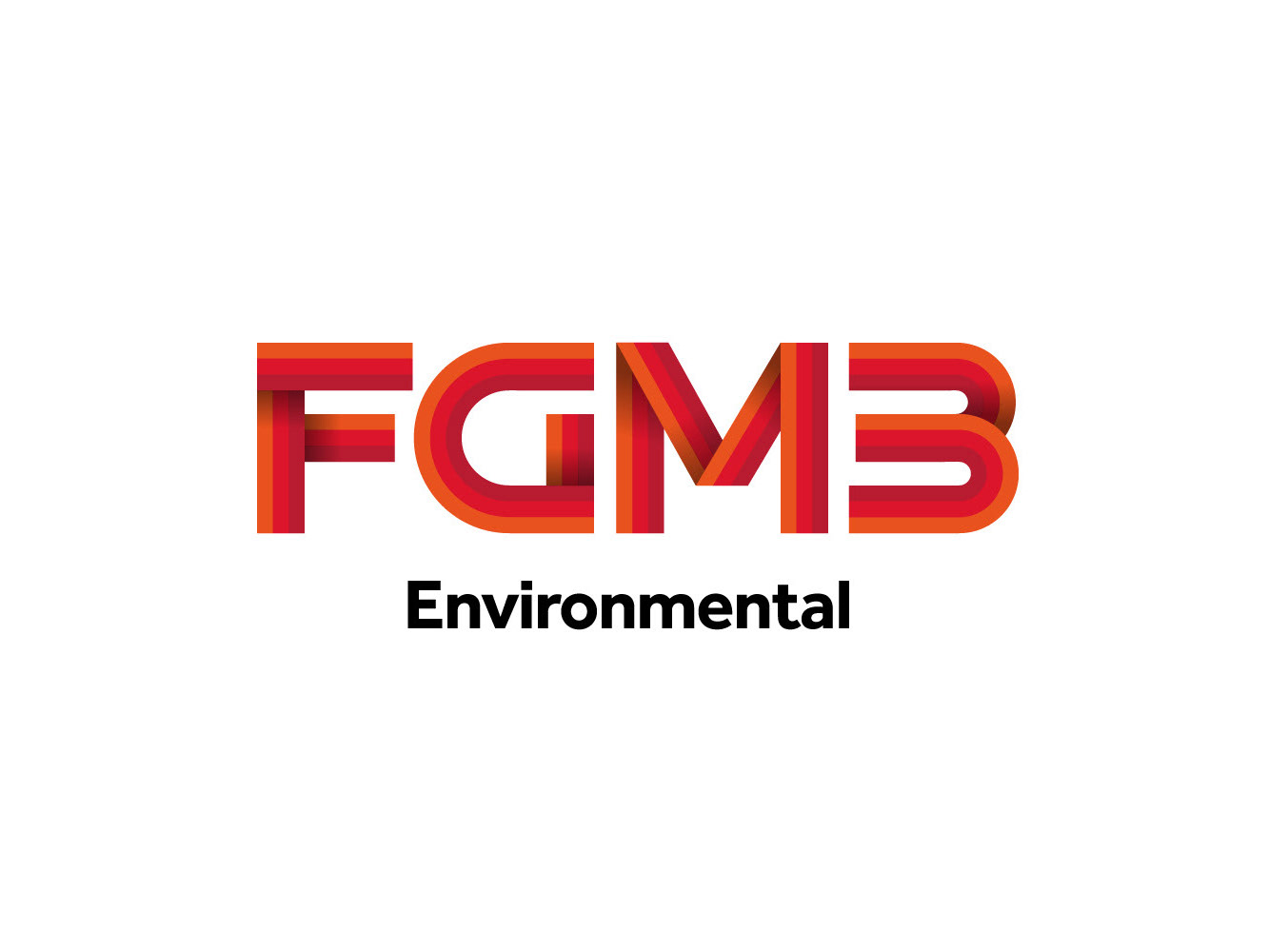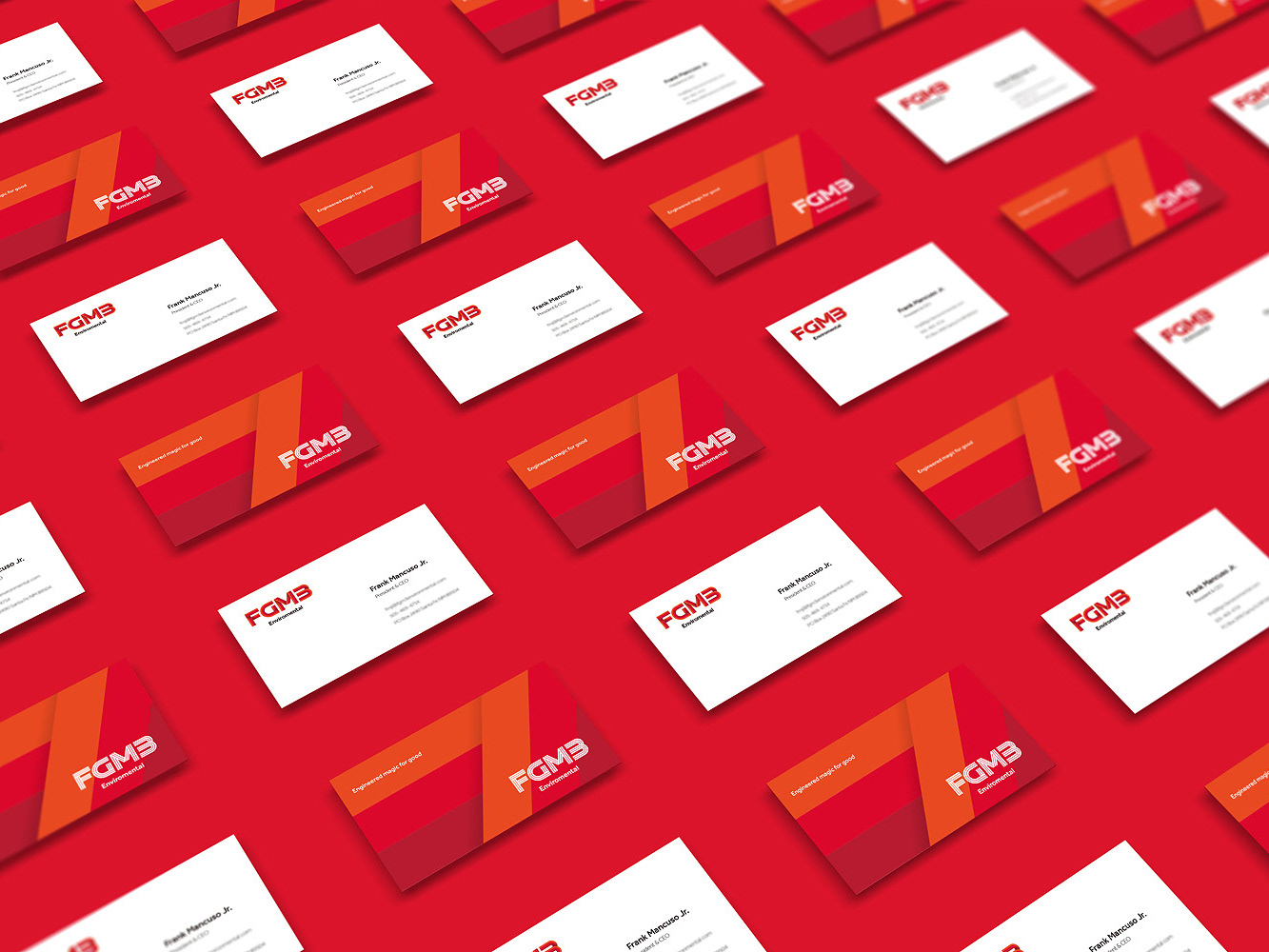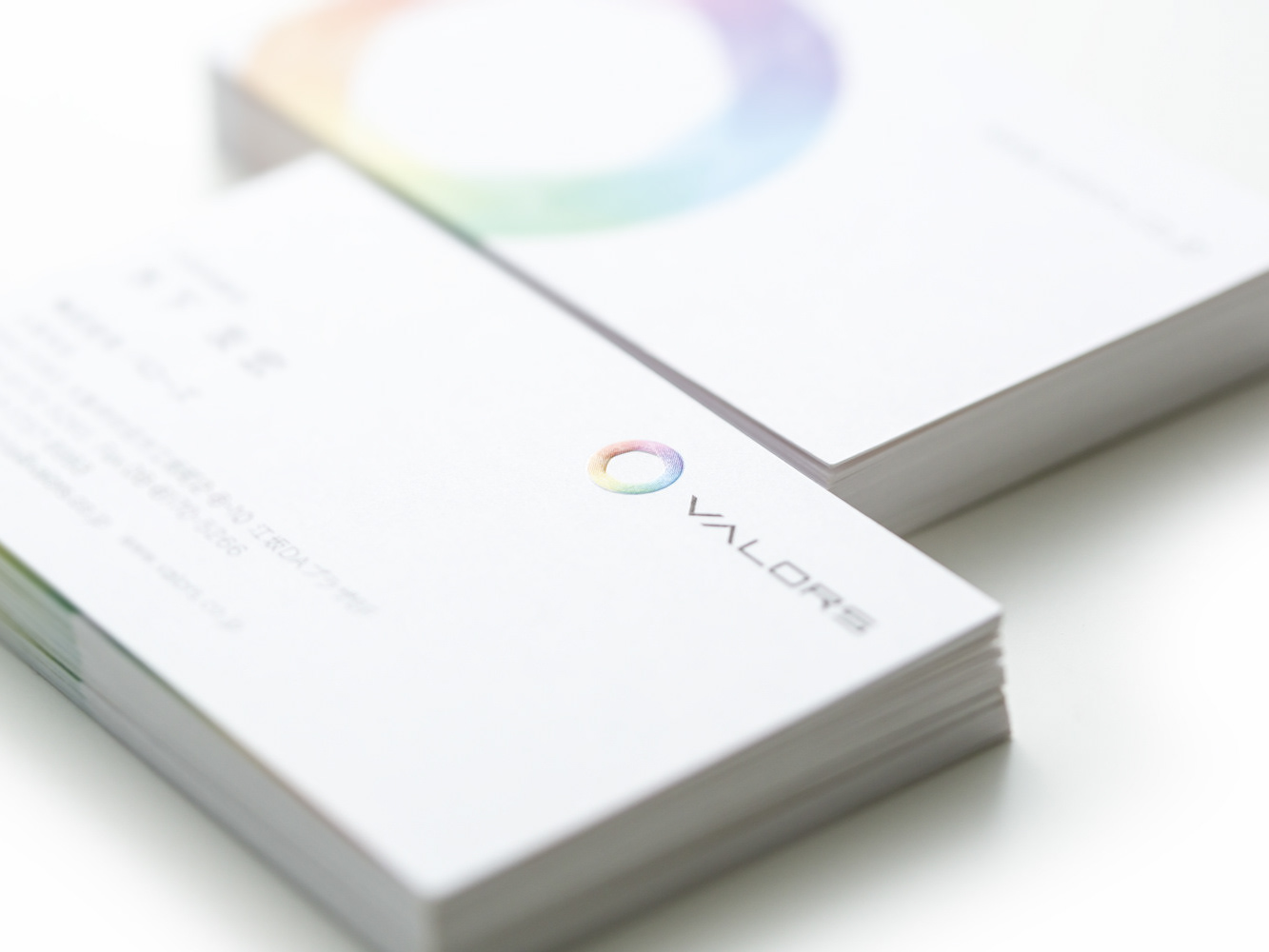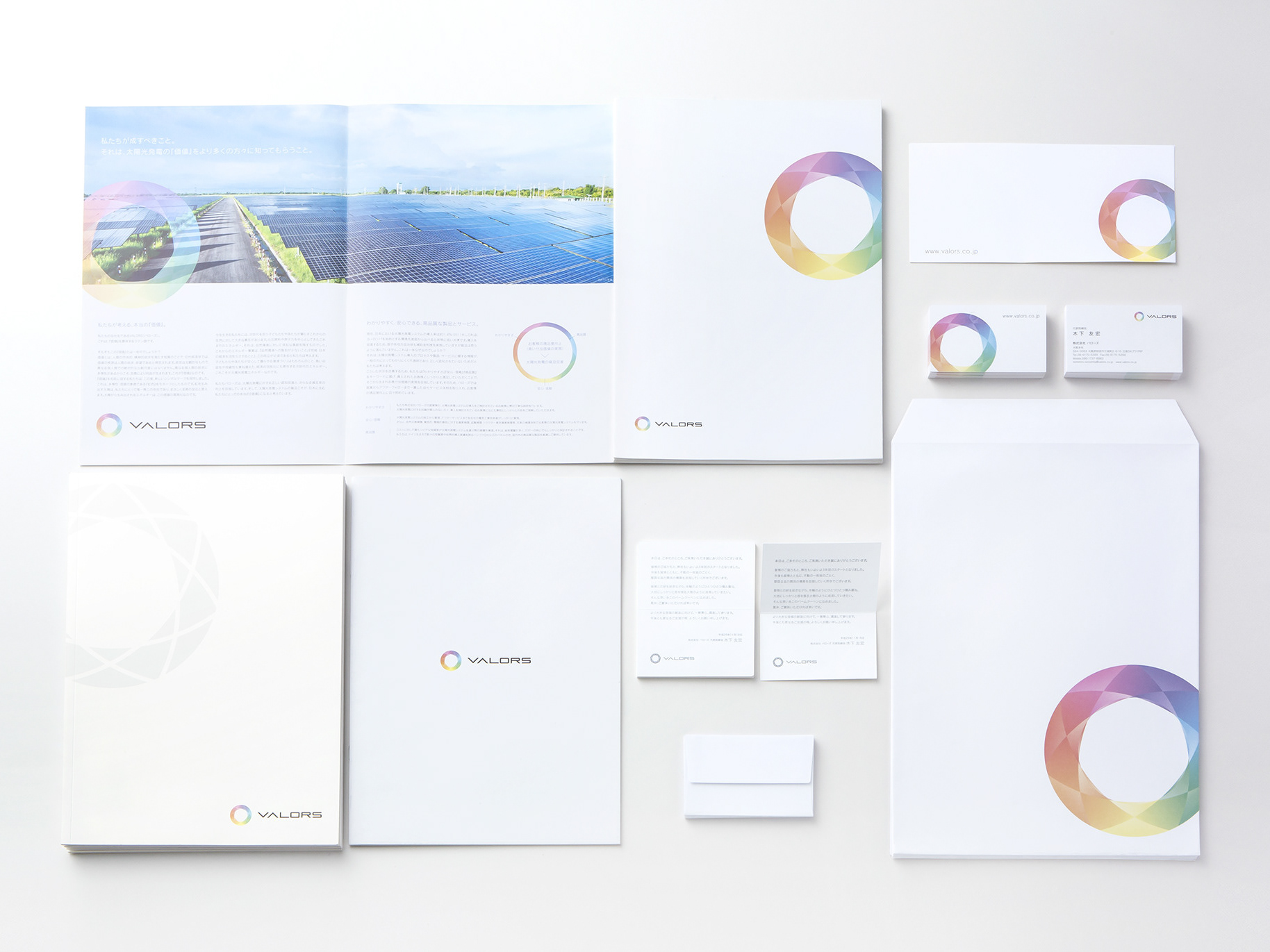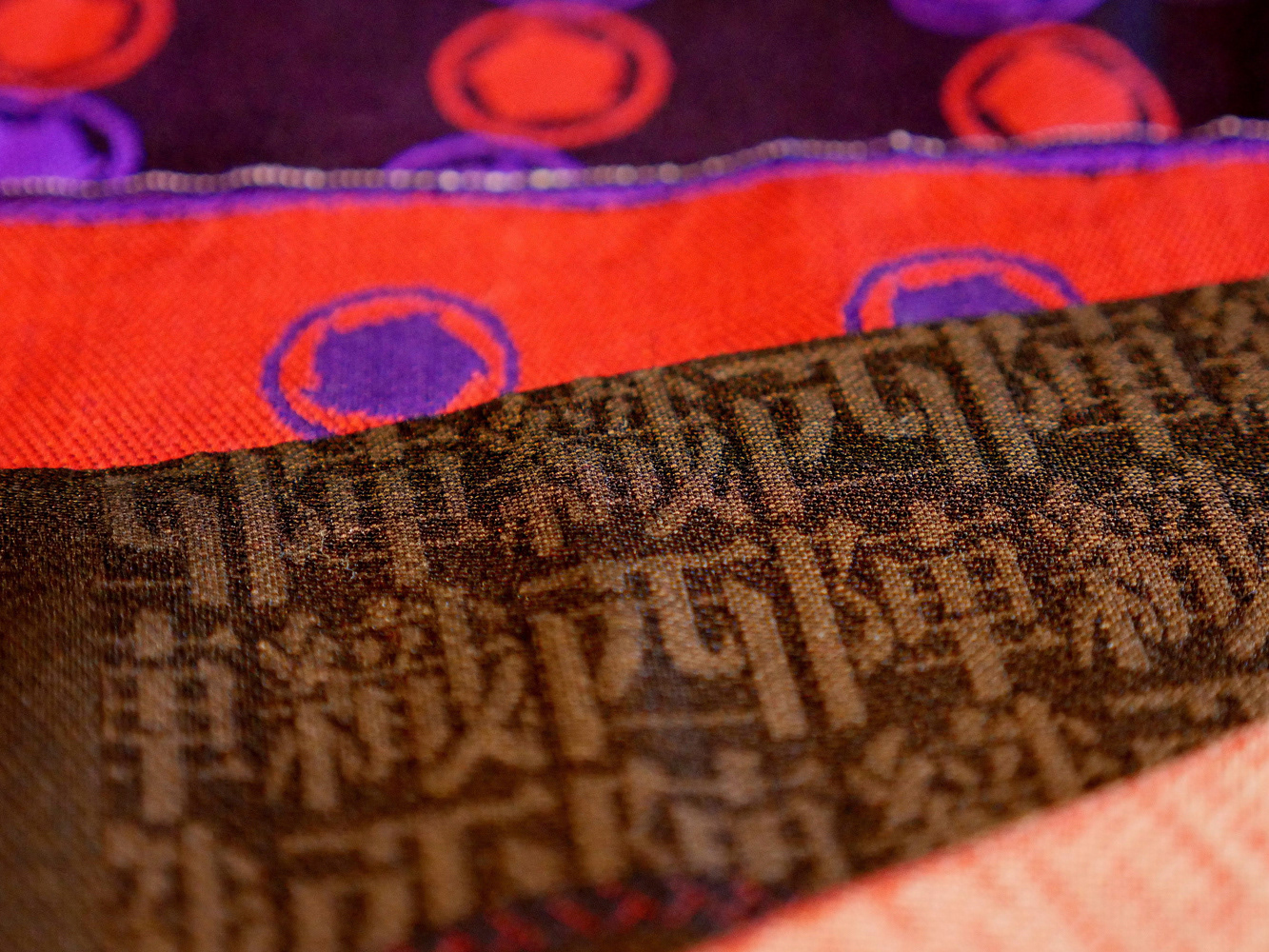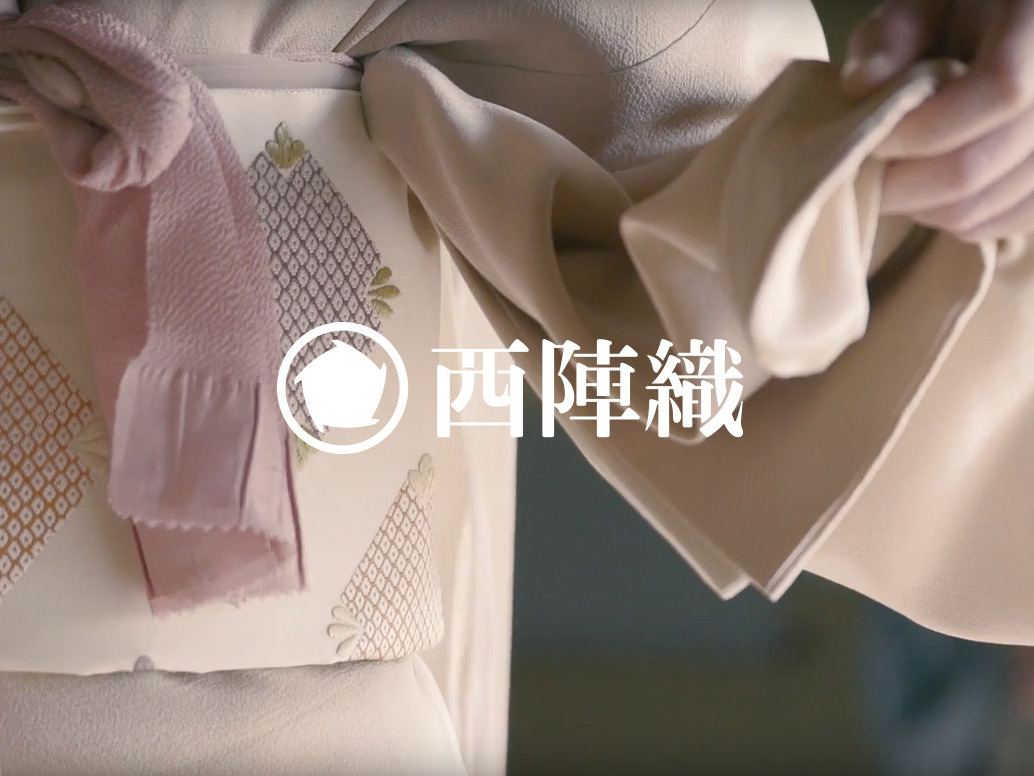MTRL
Designed to serve as a creative infrastructure enabling collaborations with over 40,000 users on its loftwork.com and OpenCU platforms, Loftwork Inc. is a new-style creative agency dedicated to providing a wide array of creative services and opportunities for creative collaboration, as well as a myriad of creative solutions including website production, digital content development, and visual and print advertising services. Loftwork Inc. also founded FabCafe, one of the key drivers in Japan’s maker movement.
enhanced.inc works with Loftwork Inc. for their brand identity development and art direction.
Loftwork Inc. has also established a service provider brand called ‘MATERIAL’ (also referred to as MTRL). This initiative is being run out of a historical 120-year-old structure in Kyoto’s Gojo; an area of rich history in the country’s former capital. Over the years, the old building has taken on an interesting string of identities, including an old printing factory, a newspaper office, a hub for inter-cultural exchange between Japan and Taiwan, and also as a furniture store among many others.
This year, it is taking on yet another new identity. Thanks to a contemporary facelift by Loftwork, the old building has been transformed into the home of MTRL KYOTO, carving out the MTRL name in the building’s long history. Like FabCafe, another Loftwork initiative, MTRL will function as a co-working space and café, an event space, and a personal fabrication workshop. It will also serve as a gallery showcasing Kyoto-made materials, offer Airbnb lodging, and function as Loftwork’s Kyoto office.
Kyoto’s Gojo area
From Kyoto’s Gojo area, where MTRL KYOTO calls home, to Shimoderamachi boasts a rich history. The Gojo area is well known as the stage where the Tale of Genji unfolds (famous as the place where Benkei meets Ushiwakamaru, the childhood name of Minamoto no Yoshitsune). It is also fairly close to Rokujogawara, the execution ground where many prominent warlords and politicians met their fateful deaths. This area was also home to Gojo Rakuen (meaning Gojo Paradise); one of Kyoto’s many red-light districts. Land prices in the Gojo area are relatively low compared to the rest of Kyoto, and with its diverse and rich heritage, the area is fast becoming a home ground for design studios and offices for up-and-coming creators. Satellite art galleries are also popping up here and there in the nearby Shichijokawara-machi area, resulting in an atmosphere that mirrors the look and feel of SOHO.
The name called MATERIAL
As the word suggests, the name ‘MATERIAL’ means ingredients or parts, but the material in ‘MTRL’ refers to the parts and ingredients in the sense that innovation stems from creative works. In this case, physical materials include traditional materials such as Japanese washi paper, textiles, sailcloth, and lacquer; new materials include things like synthetic resins used in 3D printing; and digital materials include things like IC chips, circuit boards, sensors, and iBeacon.
After our briefing, we soon realized that MTRL KYOTO is comprised of other materials in addition to the physical ones. So, we systematically went through and arranged them into categories.
Fab (personal fabrication) is an appropriate word to describe this age of open organizations. The community model that results from Chris Andersen’s Makers’ Movement refers to an open co-working style conducted in the digital online space and adopted by hi-tech manufacturing industries, creatives, and academics. However, these small communities that have arisen thanks to the Makers’ Movement are no match for the development speed and cost performance achieved by large manufacturers, despite the outstanding creativity that may come out of them.
As Chris Andersen writes in his book Makers: The New Industrial Revolution, new manufacturing models require a new type of manufacturer. Firstly, these are companies that can compete in both quality and price because they possess the traditional manufacturing capabilities and experience (strict quality control, efficient inventory, and supply chain management) at the core of their business. At the same time, they have acquired a great deal of online business expertise and are capable of producing new products faster, cheaper, and with improved designs by creating and fostering communities around their products.
This is why Loftwork’s industry-leading clients are the ‘corporate materials’ for MTRL KYOTO. It is also why Loftwork, which is a skilled and successful web-based business with an existing community, acts as the ‘general material’ for this initiative.
Generally speaking, a universal challenge for large-scale enterprises that boasted only highly skilled personnel at the time of their establishment is that as the company grows the personnel structure changes. As aggressive companies grow they become more conservative. And innovation is never achieved by companies with many conservative and self-preserving staff. These issues can be resolved by being involved in MTRL KYOTO, which is a hub for talented creators and academics.
Loftwork―founder of FabCafe and driver of the makers’ movement. Large-scale leading enterprises―providers of the latest technology and traditional manufacturers offering outstanding ‘Materials’. Creators and academics--improving the form of ‘Materials’ with their out-of-the-box thinking.
Physical Materials, Human Materials, Corporate Materials, and General Materials―These four materials are represented using simple [Material Symbols].
Material symbols
We have created the logo by combining 4 fundamental Material symbols. For the Material symbols, we have used simplified visuals for the various Physical materials, and the other three materials (Human materials / Corporate materials / General materials) are represented using diverse characteristics from each category.
Material symbols are based on a 10 x 10 grid. The grid came about partly to achieve pixel perfection, but mostly to symbolize the fundamental "bits to atoms" essence of the Maker Movement. Each square of the Material symbols is a bit (the smallest unit of digital information). The bits combined together, become a Material. The individual bits themselves are as well, Material.
Material symbols are based on a 10 x 10 grid. The grid came about partly to achieve pixel perfection, but mostly to symbolize the fundamental "bits to atoms" essence of the Maker Movement. Each square of the Material symbols is a bit (the smallest unit of digital information). The bits combined together, become a Material. The individual bits themselves are as well, Material.
Various motifs of Material symbols
Traditional motif:
Ichimatsu-mon, Ishidatami-mon, Ohgi-mon, Seikaiha, Senmen-mon, Kanoko-shibori, Santome-zima, Iriko-bishi, Hishi-mon, Hanahishi-mon, Kikubishi-mon, Kaku-tohshi, Mame-shibori, Hoso-uzu, Canvas fabric of Kyoto, Salt crystal structure of Tango, Garden of Shogo-in, Ceiling structure of the temple square, Round window of Genko-an, Shoji, and more
New technology motif:
Printed circuit board, Sensor board components, Shape of LSI, IC, CPU, Square LED, iBeacon, Shape of synthetic resin chip, and more
Color
The basic color palette for the logo is based on the concept of mixing colors. If we compare the ‘materials’ to colors, in the case of the subtractive color method all the colors mixed together result in black. When using the additive color method, we end up with white. This is why we have used the neutral colors of black and white for the ‘MTRL’ logo. And also because the wide variety of ‘Materials’ should not be limited to just one color. Black and white make other colors pop. (That is why, when shown with the FabCafe logo, it does not detract from the red in the FabCafe logo, but the colors in both logos complement each other. )
Design For Asia Award 2016: Silver Award
A'Design Award & Competition: Silver A' Design Award 2017
Client: Loftwork Inc.
Range of work: Identity construction, VI guideline, Art direction, Various brand identity collateral, Sign
Photo: Akira Moriuchi, Mayumi Ishikawa, Tatsuya Iwasaki, Takashi Maki (Loftwork Inc.)
Official web design: Dai Yoshinaga (ADRIATIC)
Architecture: Fumihiko Sano (studio PHENOMENON)
2015~ Tokyo / Kyoto, Japan
Range of work: Identity construction, VI guideline, Art direction, Various brand identity collateral, Sign
Photo: Akira Moriuchi, Mayumi Ishikawa, Tatsuya Iwasaki, Takashi Maki (Loftwork Inc.)
Official web design: Dai Yoshinaga (ADRIATIC)
Architecture: Fumihiko Sano (studio PHENOMENON)
2015~ Tokyo / Kyoto, Japan
